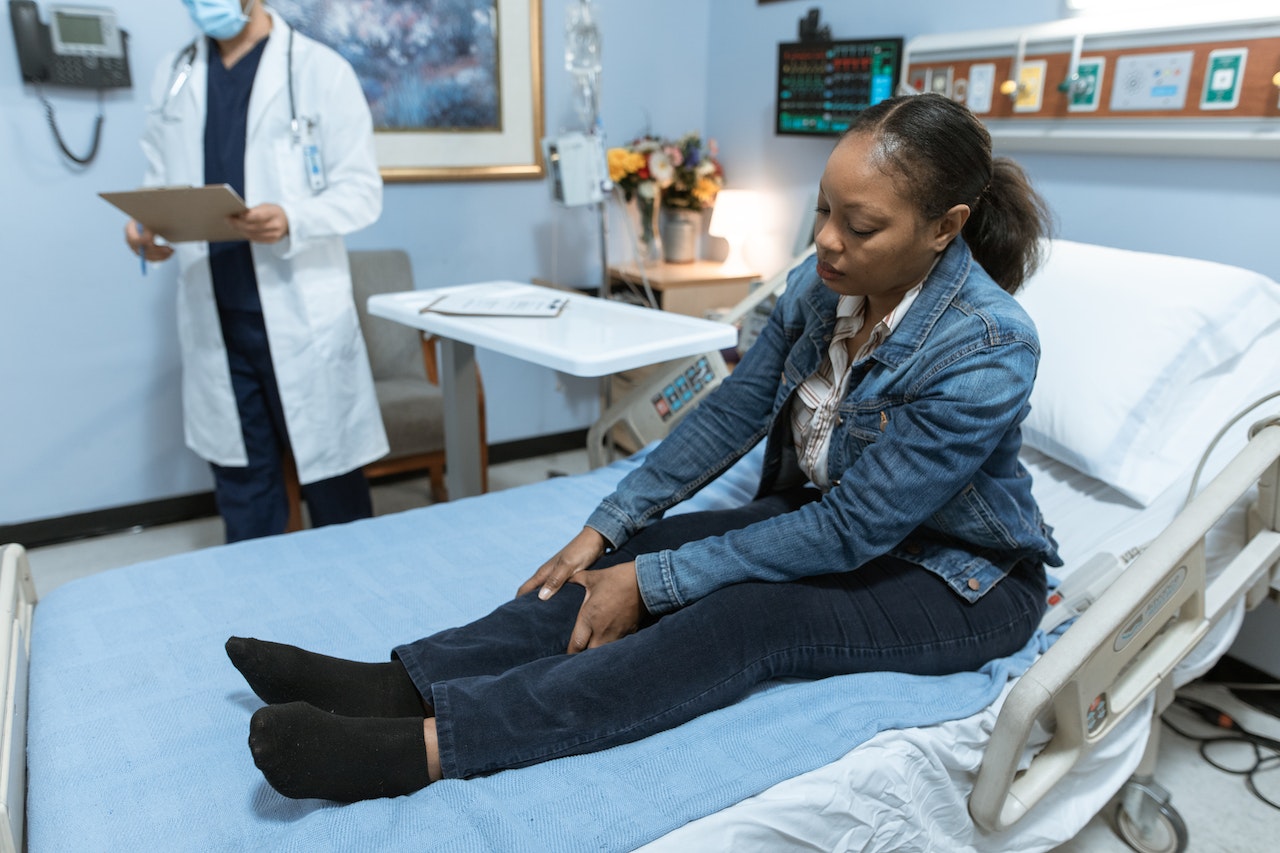Over 20% of women and men aged 18 to 65 and over 35% of folks aged 65 and older have bunions. Besides age, several other variables could increase the likelihood of developing bunions. Luckily, if you get a bunion, certified ankle and foot surgeon and podiatrist Dr. Kunal Amin can eliminate them. Arrange an appointment to discuss your concerns and explore your care options. Meanwhile, continue reading to learn what Bridgeland bunions are, why they occur, and how to treat them.
What Exactly Is a Bunion?
Hallux valgus is the clinical term for a bunion, which is a disfigurement of the metatarsophalangeal (MTP) joint. The MTP joint is situated at the bottom of the big toe. Once a bunion develops, a bony bump forms on the joint, and the toe starts growing inward.
Bunions grow because of an unusual foot structure brought on by genetic factors, an illness like arthritis, or foot stress. Some of the typical warning signs of a bunion include:
- A noticeable bump
- Big toe joint soreness or inflammation
- Congestion in the toe box
- Restricted big toe mobility
- Joint discomfort
What Are the Risk Factors of Acquiring Bunions?
Although age is a significant risk factor for acquiring bunions, some other factors can make you more susceptible to bunions, including:
v Shoes
Inappropriate footwear, like high heels, might initiate the formation of a bunion. High heels are particularly harmful since they put the wearer’s weight onto the front of the foot. If you tend to acquire bunions, high-heeled shoes will exacerbate your risk.
If you are concerned about bunions, your best option in terms of footwear is to select shoes with a spacious toe box. You should also ensure that your shoes have a broad, flexible sole at most an-inch high.
v Occupation
If your occupation demands you to stay on your feet for long periods, you are more likely to develop bunions. Ballet dancers are especially prone to acquiring bunions because of the immense stress placed on their feet.
v Genetics
Genetics is the greatest risk factor for acquiring bunions. You inherit the structure and shape of your foot, which plays a huge role in whether you acquire bunions. For instance, persons with flat feet or low arches are more inclined to develop bunions.
If a close relative has had bunions, your likelihood of developing them is greater. Nevertheless, if you take precautions, like not wearing heels, your risk will not increase.
How To Treat Bunions?
Your MTP joint is essential for appropriate foot function. The joint support your weight once you are standing or engaging in physical activity. Additionally, a bunion could cause harm to your other toes and other foot structures.
If you got a bunion, Dr. Kunal Amin offers conservative therapies, including custom-made footwear, padding, and orthotics. Moreover, your doctor could provide a splint to straighten your toe. If conservative treatments fail, Dr. Amin might surgically eliminate the bunion and realign the affected toe.
Do not allow bunion pain and other side effects of this bony protrusion to affect your mobility and general life quality. If you are exploring your care options or want to learn how to avoid developing bunions, schedule a consultation at Cypress Foot & Ankle Center. Call the Cypress, TX office or request an appointment online today.




